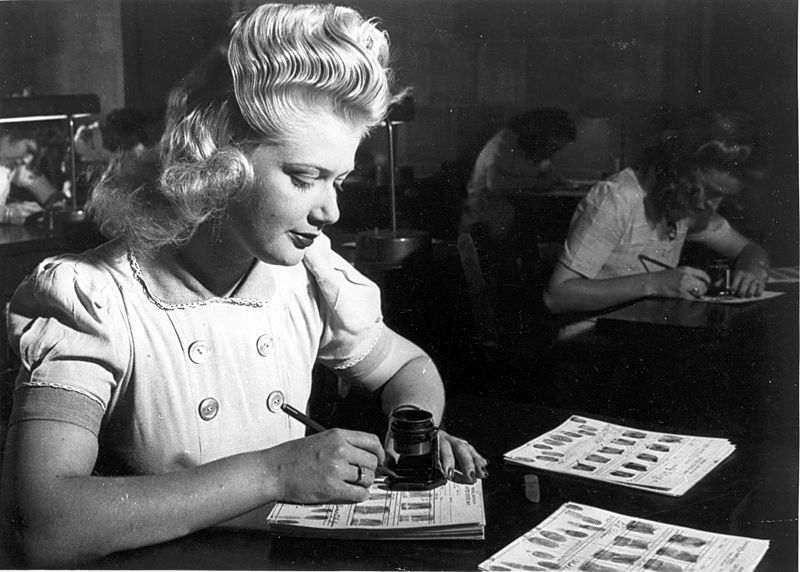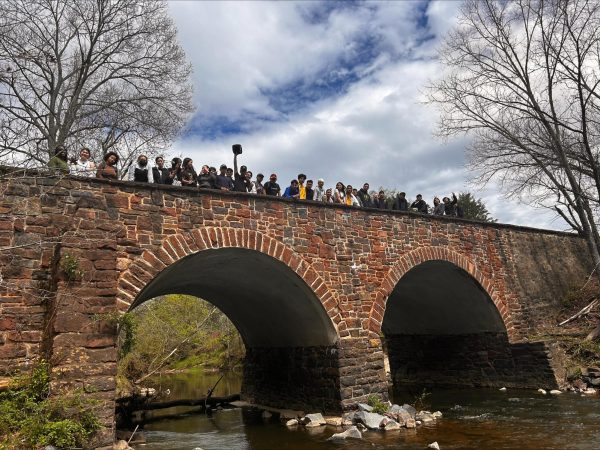FBI History
When I was at the age of 15 I like to know about everything from the FBI because its one of my best dreams that I have in whole life. Even that I was teenager I dream like to become part of the FBI, I started making plans when I finish High School. I start to look for information about the FBI and this what I found.
https://www.fbi.gov/history/brief-history
www.u-s-history.com/pages/h3866.html
trac.syr.edu/tracfbi/atwork/current/fbiHistory.html
The FBI Origin
The FBI was created on the initiative of Attorney General Charles Bonaparte on July 26, 1908, by requesting the hiring of nine detectives, 13 investigators for civil rights issues and 12 accountants to investigate cases of fraud and violations of trade laws. In both areas, the investigations were carried out by agents of the Secret Service, but they did not have direct dependence on the prosecution, which hindered their investigative work. The jurisdiction of this group would be national and not circumscribed to the states of the Union, which at the time was considered very controversial given the federal nature of the country’s constitution. What at the beginning of the 20th century was called in the United States the Progressive Era, which consisted in the citizens’ understanding of the nature of the changes imposed by the new means of transport and communication, allowed the existence of sufficient political support for the creation of a federal police agency.
During world war 2
While in Europe, at the end of the 1930, political and military events were happening quickly, the Spanish Civil War, the German-Russian pact, the German mobilization against Poland, France and England and the German invasion of Russia, The United States continued to remain neutral. In this international political context and with the consequences of the Great Depression still alive, a fertile ground was created in the United States for the emergence of radical political movements, as had happened in Europe. The European fascists had support and counterpart in the German-American League, in the Silver Shirts and other similar movements. Simultaneously, labor instability, racial conflicts and sympathy towards Spanish Republicans, made the Communist Party of the United States win adherents. The FBI began to monitor these fascist and communist groups as a threat to the country’s security.

The official authorization to investigate these groups came in 1936 with the approval of President Roosevelt. A presidential decree of 1939 further increased the authority of the FBI to investigate groups considered subversive in the United States, which Congress reinforced with the enactment of the 1940 Smith Act, declaring illegal all groups that promoted the removal of the authorities by the force. In 1940 and 1941, the United States changed its neutral position more and more against the war, giving effective support to the allies. In the late 1940s, mandatory recruitment was reinstated by Congress and the FBI was assigned a new task: locating fugitives and deserters. With the definitive entry of the United States into the war in December 1941, the FBI participated directly in intelligence and information search work that would collaborate in the war effort. Internally, the greatest efforts focused on the surveillance and control of immigrants belonging to the Axis countries, as well as to Americans sympathetic to their cause. Also, the search and capture of saboteurs was another of the missions assigned to the FBI at this time, so the number of officials increased from 7400 to 13 000, 4000 of whom were field agents by the end.













El Chema • Apr 26, 2018 at 8:39 am
The FBI is an important agency in the US. It was created to protect the people in the country. FBI investigates crime that might damage the country on certainly ways. I have also a dream that on day I could become part of the FBI.